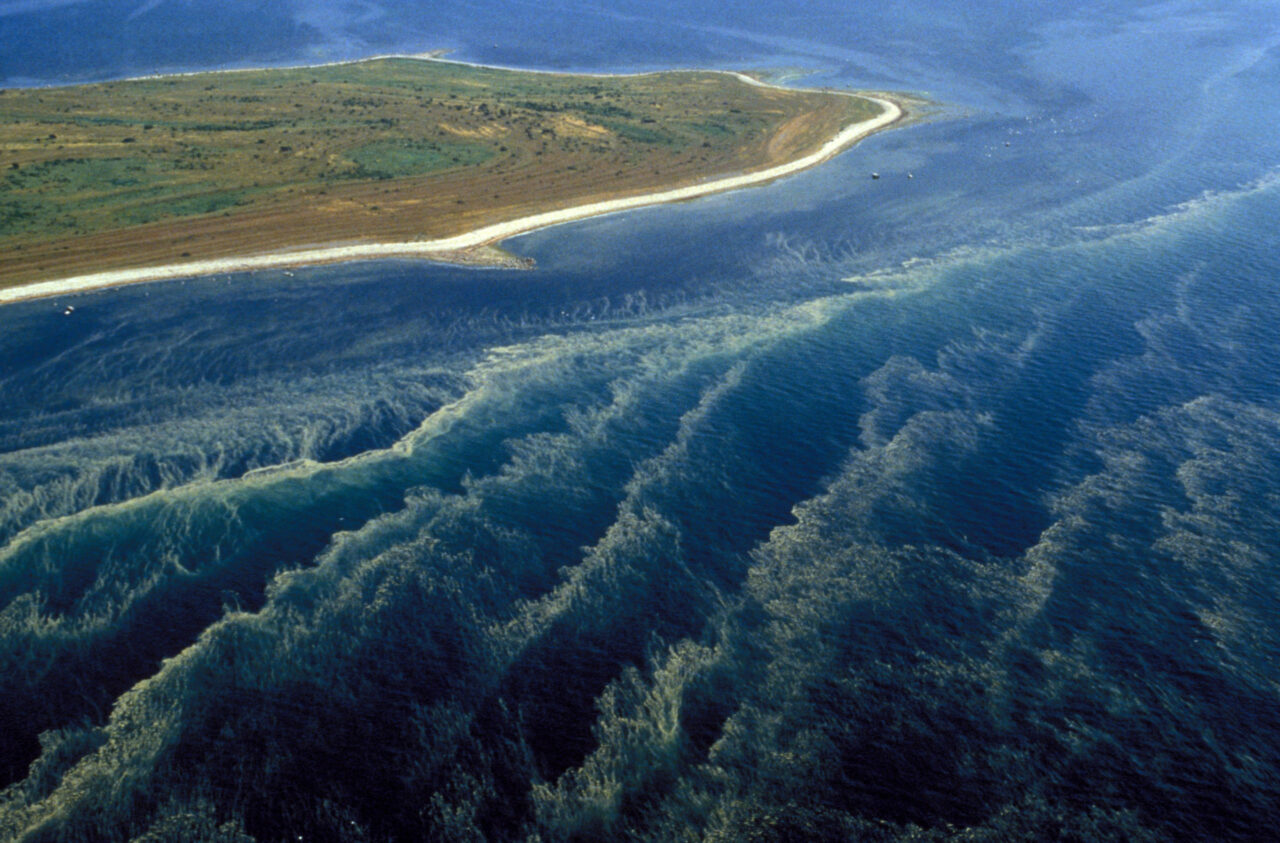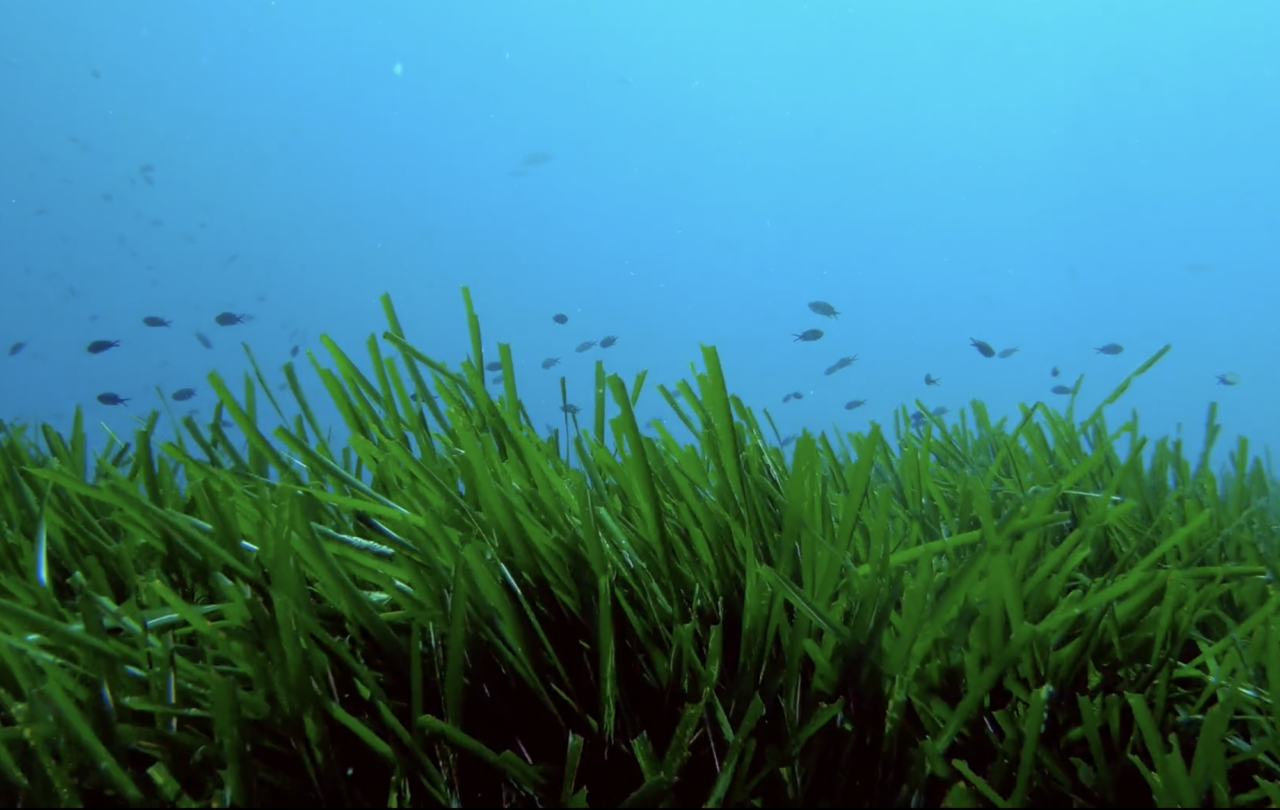The Baltic Sea can recover – despite the climate crisis and increased bottom death
The lack of oxygen in the Baltic Sea continues to be alarming even in 2020, according to new measurements from SMHI. But the trend can be reversed if we have a little patience.
“Despite the fact that we do not know how much greenhouse gases will increase warming and despite the fact that it may be as hot as in the IPCC’s warmest scenario, the Baltic Sea will still work to a certain limit. We will not get back to the oxygen levels we had before the 50s, but it will be significantly better than the situation we have today. And I think that’s a positive message,” says Markus Meier, one of the authors of the study from The Leibniz Institute for Baltic Sea Research Warnemünde and SMHI.
Fertilizers revolutionized agriculture for the Baltic Sea countries during the mid-1900s, but its effects have given a bitter aftertaste. Eutrophication of the Baltic Sea has become a fact. Artificial fertilizers, containing, among other things, nitrogen and phosphorus, have flowed into the watercourses and finally ended up in the Baltic Sea. When that amount of nutrients comes out to the Baltic Sea, it causes large algal blooms. Alf Norkko, a researcher at the University of Helsinki, is not one of the authors of the study, but he has been researching the ecology of the seabed for decades. For Alf Norkko, it is particularly interesting what happens once the algal bloom has “bloomed over” and sinks to the seabed.
“What happens when the algal bloom drops down is that someone is there eating that dead algal bloom. If you’re lucky, there are lots of worms and mussels that eat them. But the problem right now is that it’s a little too much of a good thing. And we don’t have enough worms and mussels that eat up the algae.
Too much algae leads to oxygen deficiency
In the process of decomposition of algae, oxygen is required. But since the Baltic Sea’s compost, with which Alf Norkko compares the seabed, does not have enough animals that can break down the algae, there is a lack of oxygen. It is called bottom death, as no higher standing life than bacteria can live there. Today, about a fifth of the Baltic Seabed is oxygen-free. This corresponds to approximately 1.5 times the area of Denmark.
“This is the worst example we have globally,” says Alf Norkko, who has also researched seabeds in Antarctica and New Zealand.
What makes it extra difficult for the Baltic Sea to oxygenate is that its seawater consists of both fresh and salt water. Salt water is heavier than fresh water, causing the salt water to sink to the seabed, while the fresh water settles on top. The two layers rarely mix, as the inflow of new seawater only enters through the narrow strait between Denmark and Sweden. If the inflow had been larger, it would have been possible to mix around among the two layers of water and thus oxygenate the Baltic Sea, but there is simply the geographical position of the Baltic Sea to its detriment.
In 2007, the Baltic Sea countries agreed on an action plan (The Baltic Sea Action Plan) to save the common sea. The goal was for the Baltic Sea to regain good ecological status by 2021. One of the measures was to reduce the use of nutrients on land. Although major changes have taken place in recent years, in 2018 the countries realized that the Baltic Sea would not have time to recover by 2021. The countries then decided to revise the plan and an updated version will be presented in October later this year. But the big question has been: How is it that the bottom death of the Baltic Sea continues to increase if the Baltic Sea countries have made such major changes?
There has also been speculation about whether the measures could have an effect in an increasingly warmer climate. One consequence of the average temperature on Earth increasing is that the weather here in the Nordic countries is changing. Alf Norkko:
“We’ve had a pretty nice winter right now, but last year for example, it was warm all year round and it rained a lot in the winter. And that’s kind of the new normal. Those winters aren’t as good as they used to be, and it’s a bit sad for the reason that when the ground isn’t frozen, there’s a much greater chance of nutrients flowing out all year round.
Bottom death can decrease as long as the action plan is followed
But a warmer planet also faces other penalties. Between 1971- 2010, the world’s oceans bound a whopping 90 percent of the planet’s warming. It has changed the chemistry of the oceans. Because the warmer the oceans get, the harder they get to bind oxygen.
But now a new study shows that despite climate change, the Baltic Sea can recover from bottom death. It only takes a little patience and that the replenishment of nitrogen and phosphorus out to the sea continues to decrease. In their study, Meier and his colleagues have developed a simulation that shows how the Baltic Sea’s oxygenation improves significantly by 2098.
“The good news is that the planned measures will have an effect, but they will also be affected by climate change. It will probably take several decades before we see a statistically strong trend decrease in the dead bottoms of the Baltic Sea, in comparison with the variation that occurs naturally on the seabed.
According to Meier, his research can be used as a basis for decision-makers on whether countries should continue to follow the measures presented in the Baltic Sea Action Plan. Meier also believes that the study may question more controversial technical methods for oxygenation of the Baltic Sea. He brings up geoengineering as an example.
“It’s a political decision, of course. There are many proposals regarding geoengineering. The problem is that there is a lack of oxygen in deep water, and then one of the proposed methods is to pump water from the surface layer down to the deeper. And in small systems, it has been shown that this works. But for it to work, it requires a pump that pumps.
According to Markus Meier, the scale of the Baltic Sea is something completely different from a small system and this makes the conditions for performing geoengineering much more complicated.
“It makes us ask if it would even work – only from a logistical perspective. The second reason is that if you manage to build such a pumping system, then you will still have a large runoff of nutrients from land. So you are not curing the problem, but nutrients are still present in the ecosystem. If you turn off the pump, it is very likely that the Baltic Sea will return to its previous stage. So I think the only solution to the problem is to reduce human impact.




